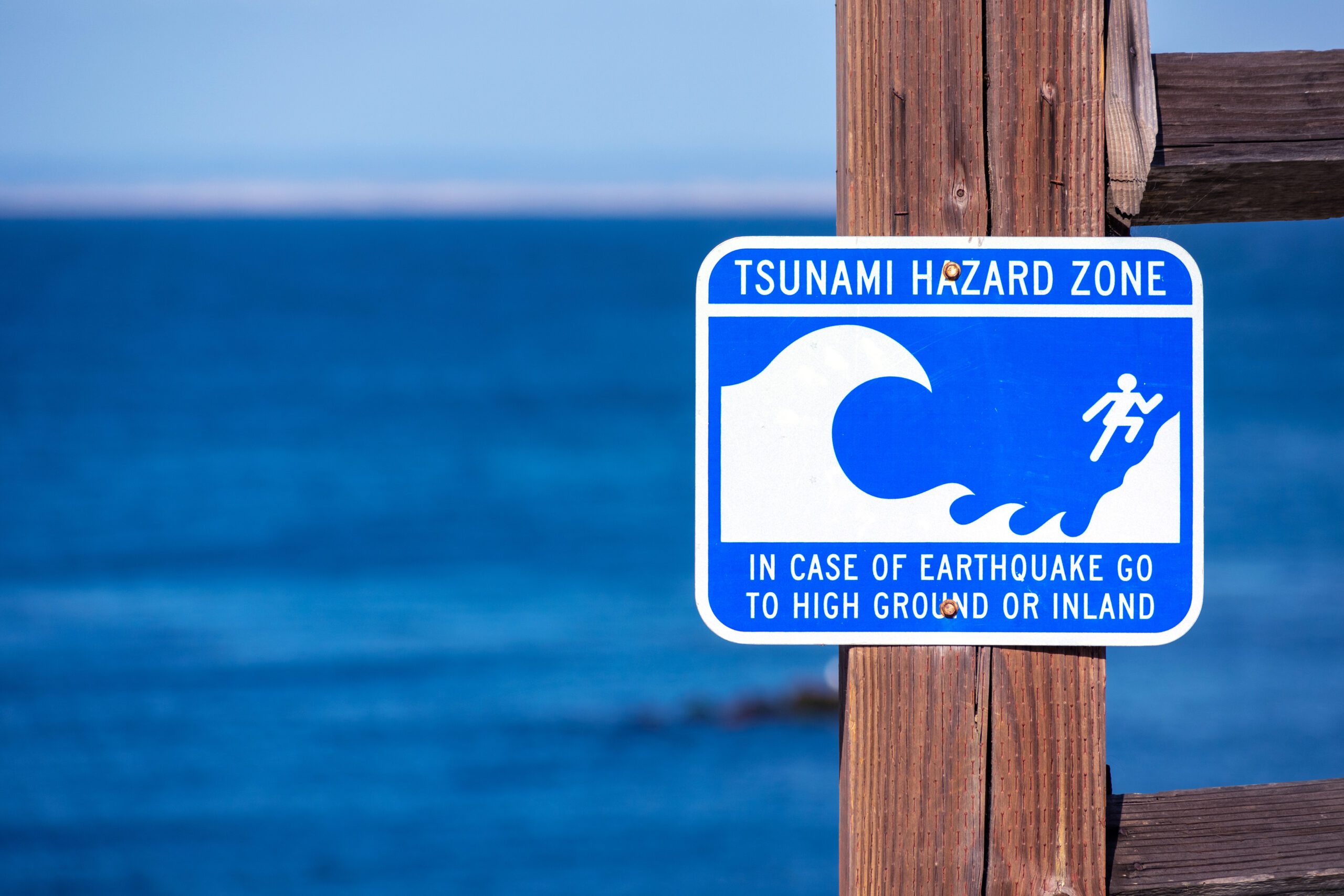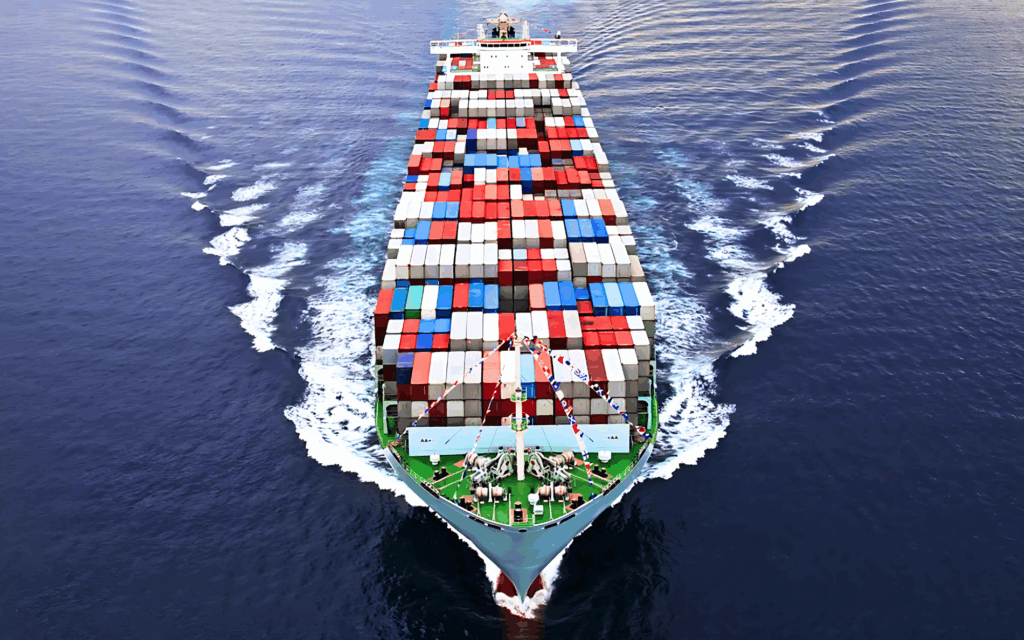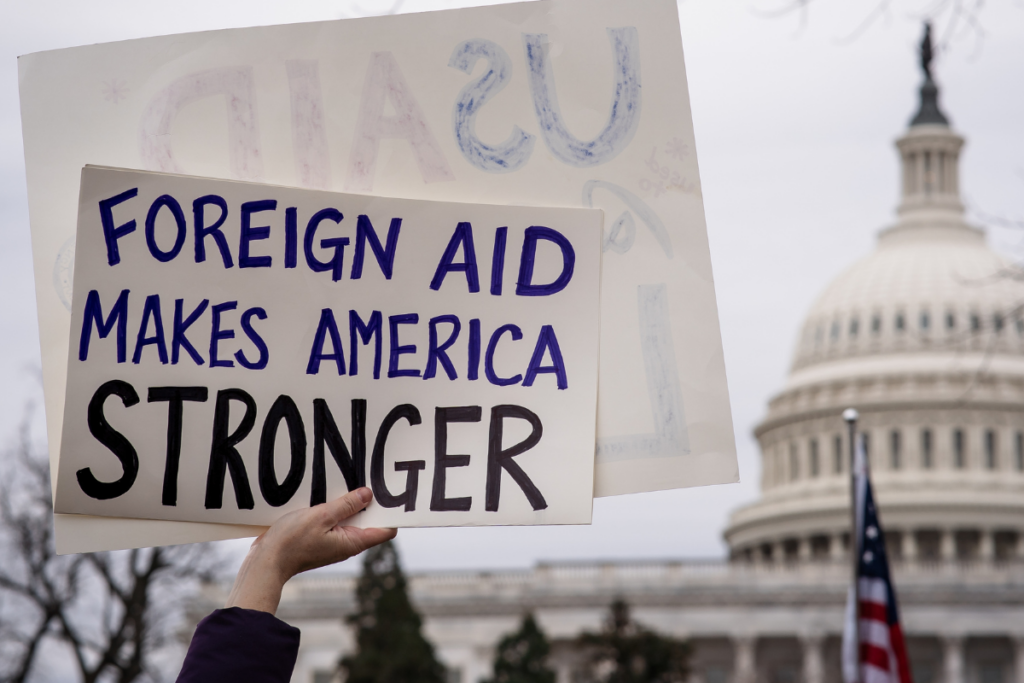Even as longtime observers of the United Nations, we’re often still amazed by how much the world relies on agencies of the UN. Case in point: last week’s massive magnitude 8.8 earthquake off Russia’s Kamchatka Peninsula — one of the strongest on record and the most powerful to hit the region since 1952.
But it wasn’t just the quake that took us by surprise. It was learning that a UN agency is behind the global tsunami alert system: UNESCO.
Best known for promoting World Heritage sites like the Grand Canyon and the Everglades, UNESCO is also at the helm of a lifesaving operation that monitors seismic activity, analyzes risk and issues international tsunami warnings.
Turns out, UNESCO isn’t just curating the past. It’s helping protect the future.
The System That Saves Lives
Within ten minutes of last week’s tremor, UNESCO’s Intergovernmental Oceanographic Commission (IOC) issued a tsunami alert. Within twenty minutes, detailed forecasts were in the hands of national authorities across the Pacific. From Chile to China, countries worldwide were immediately activated, issuing alerts and evacuations. When every second counts, this response was nothing short of extraordinary.
“This timely alert once again demonstrates the crucial role of international scientific cooperation in the face of natural hazards,” said UNESCO Director-General Audrey Azoulay. UNESCO oversees the global tsunami warning system, puts ocean science to work to protect millions of lives and helps communities prepare for this risk.
“This timely alert once again demonstrates the crucial role of international scientific cooperation in the face of natural hazards.”
Global Coordination
UNESCO’s tsunami alert system is a coordinated web of four Intergovernmental Coordination Groups (ICGs), each tailored to a specific ocean basin:
- ICG/PTWS – Pacific Tsunami Warning and Mitigation System
- ICG/IOTWMS – Indian Ocean Tsunami Warning and Mitigation System
- ICG/NEAMTWS – North‑Eastern Atlantic, Mediterranean and Connected Seas
- ICG/CARIBE-EWS – Caribbean and Adjacent Regions
ICGs coordinate everything from seismic monitoring to community preparedness — sharing data, running drills, setting standards and supporting national warning centers.
But the group’s work doesn’t stop when the sirens go silent. Through the Tsunami Ready initiative, the organization helps coastal communities build long-term resilience — offering training on evacuation planning, public signage, drills and risk communication. As of 2025, over 150 communities in 43 countries have earned the Tsunami Ready certification, showing that the system isn’t just high-tech — it’s deeply human.
And of those 43 countries, America is among the strongest partners. The National Oceanic and Atmospheric Administration (NOAA) Tsunami Program has long been engaged in cross-agency efforts to minimize the impacts of tsunamis, working in tandem with the National Weather Service (NWS), FEMA, the Office of Oceanic and Atmospheric Research (OAR) and — you guessed it — UNESCO’s Intergovernmental Oceanographic Commission. Together, they’re providing both Tsunami Ready and Storm Ready certification to communities across the U.S.
The Ebbing Tide of Engagement
Unfortunately, just as the global tsunami warning system reminded us of what multilateral cooperation makes possible, Washington is taking steps to formally withdraw the U.S. from UNESCO.
It’s a decision that raises real concerns. Because whether it’s earthquakes in the Pacific or hurricanes in the Caribbean, the U.S. benefits when global warning systems are strong, fast and coordinated.
And in moments of crisis, it’s the quiet, steady work of institutions like the UN that saves lives.




